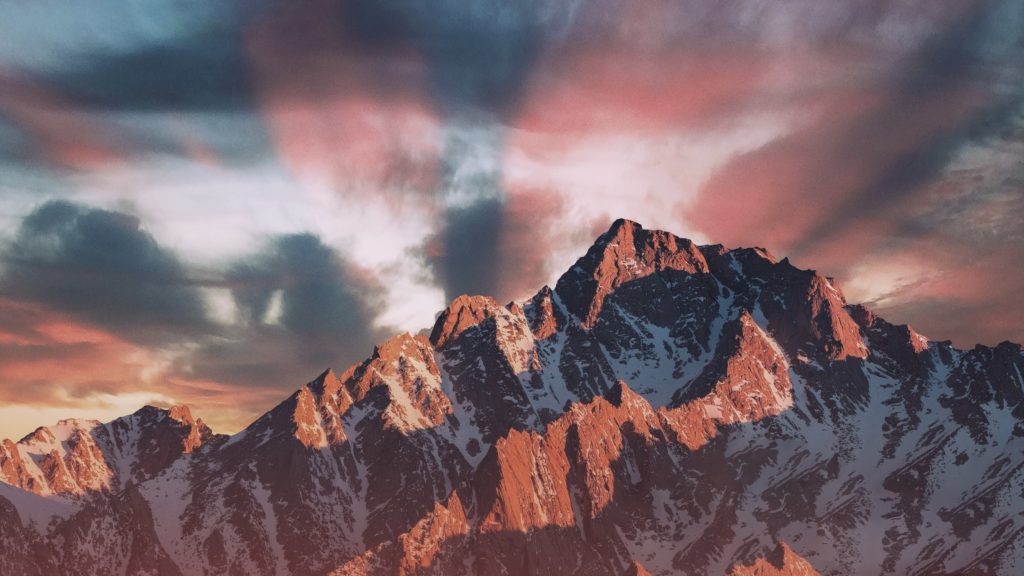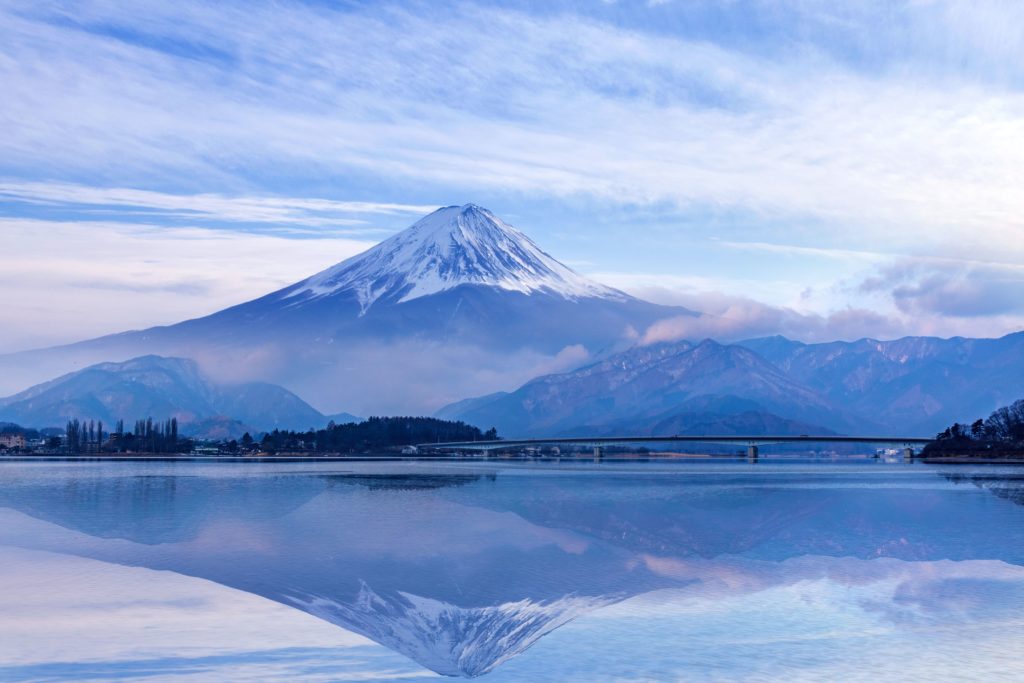Due to the nature of its geography, Spain has always been a country of mountaineers. Throughout the territory there are plenty of examples of this type of terrain: from our beloved Pyrenees to the great Teide in Tenerife, the Spaniards have not lacked of summits to conquer, whether for necessity or fun.
In the end, after Switzerland, Spain is the second most mountainous country in Europe. However, do you know the types of mountains that exist?
This type of information is not simply a fun fact to surprise your friends, but a real knowledge that all those who are dedicated to mountaineering or hiking should learn. Depending on the type of mountain it will be, is the terrain we will face, which can help us decide both the route and the equipment that we must use to make our excursions more rewarding.
So, without further delay, from Walkaholic we will talk about the different types of mountains, giving you examples of them in our own geography.
Contents
What is a mountain?
A mountain is a natural earth elevation, which usually has one or several peaks at its top. These peaks are arranged successively, which creates mountain ranges.
Mountains are usually formed when two tectonic plates collide; creating a movement that elevates the earth’s surface. With the exception of volcanic mountains, this plate thrust forms mountain ranges.
Parts of a mountain

A mountain is made up of different parts. These are:
- Valley: is the terrain that lies between two mountains.
- Foot: the lowest part of the mountain, where the terrain begins to rise.
- Hillside or Skirt: the sloping part of the mountain between the foot and the top.
- Top: It is the highest part of the mountain.
Mountain Classification
By its origin, mountains can be tectonic, folded, mixed, Jurassic and alpine.
By their height they are classified in hills, medium mountains and high mountains.
By their grouping form we have the mountain ranges (where the mountains meet in a longitudinal direction) and the massifs (mountains grouped in a more or less circular or compact way).
Mountain types

One of the elements that differentiate one type of mountain from another is the shape of its peak. In this way, mountains can be classified into:
Folded mountains
These types of mountains are characterized by the rocks: compressed and folded, with intrusions of molten rock, an extended metamorphism and failures. They tend to be grouped in vast mountain ranges with an area of thousands of kilometers.
They are formed specifically by the clash of two tectonic plates. This causes the edges to rise and deform. The Alps is a good example of this type of mountains.
In Spain, we could give as an example the summits of Mulhacén, Veleta or La Sagra in the Betic mountain range, south of the Iberian Peninsula.
Domes
They are the mountains that are created when a stratum gets bulged. This happens when a granitic intrusion is formed. With time and erosion, the granite interior can be seen in the domes when the exterior substrate is washed.
In essence, it is magma pushed towards the surface in large quantities, but it does not break the outermost substrate and sprout to the outside in the form of a volcanic eruption. Thus, a kind of cupule is formed on the magma generated by the dome.
Another way to name these mountainous formations is “Laccolith”. The top of these mountains is rounded, with a fairly flat base. El Yelmo peak, near Manzanares del Real in the Community of Madrid, is a good example of this type of mountain.
Volcanic mountains

They are mountains that rise during volcanic eruptions, due to accumulation and successive hardening of lava layers. In the case of volcanoes, the height of these mountains can be increased during the active periods by the flow of magma and ash.
The chimney of the volcano, when gaining altitude, becomes a mountain. Although in the interior continental masses this type of mountain is not very common, an important number of islands are literally underwater volcanoes that have been growing up to emerge over the waters. These volcanoes also create island arches that can cover thousands of kilometers in length.
Examples of this type of mountains in the Spanish territory can be found in Gran Canaria volcanoes such as Fataga, Los Berrazales, Arucas, Bandama, Montaña de Gáldar and, par excellence, the Teide volcano. It is not only the largest elevation in Spain with 3,718 meters of altitude, but it is also the third highest volcano in the world, counting from its underwater base.
Block mountains
They are large structures resulting from large-scale geological faults. This creates blocks of elevated strata, which produce mountains that rise steeply above the underlying lands.
In these areas of cracks and tectonic faults, the internal material goes outwardly from the surface of the earth abruptly, and can be identified because they have a side with a steep slope, while the other side has a more inclined and smoother plane.
Examples of these mountains are found in the Sierra Nevada, between Granada and Almeria.
Plateau or Tableland
They are generated due to water erosion, which is strong enough to carve deep channels in a region creating mountains. Normally this type of mountain is in the vicinity of folded mountains, creating a plateau at more than 500 meters above sea level.
Other reasons for the appearance of plateaus are the convergence of tectonic plates. In Spain, the clearest example is the Central Plateau, which with an average altitude of 650 meters comprises most of the territory and is almost completely surrounded by mountain ranges.
Finally, an interesting fact: International Mountain Day is December 11. So, if you didn’t celebrate it, from Walkaholic we invite you to choose your favorite type of mountain and go on an adventure.
Apúntate a nuestra newsletter semanal
Te enviaremos un correo cada semana con el nuevo artículo junto a las novedades de nuestra app móvil de senderismo.

